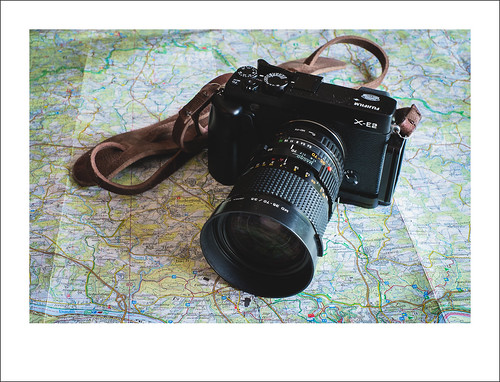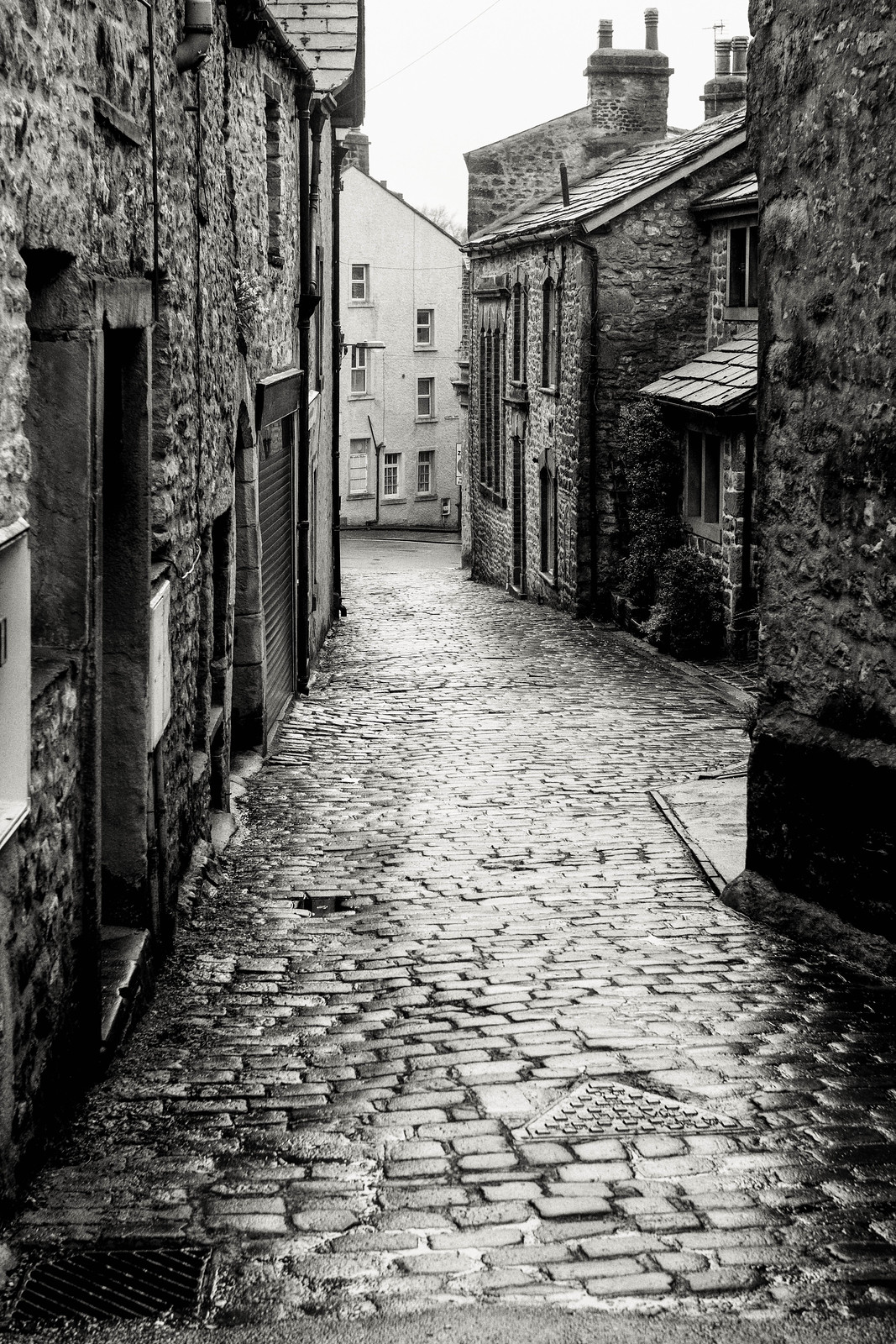Would really appreciate some help. It was only because of this thread that I have now acquired a Helios 44M. Looks clean & well cared for but not yet been able to try it out. I'm confused about 2 things though.
First, I have read about the A/M switch on the Helios and I thought that in one of the 2 positions, the aperture control ring would not change the physical aperture. On my Helios, irrespective of whether I have to switch to A or M or whether the small pin on the back is out or depressed, turning the aperture ring always moves the aperture blades. Have I misunderstood how this lens works or could my copy be damaged?
Second, I am getting really confused about adapters. I also have a Minolta MD which I plan to use on a m4/3 body (not yet purchased). The adapter for this has no glass element. However, if I were to try to use the same MD on my Canon 80d, I would need an adapter with a glass element (correct?). Turning back to the recently acquired Helios (M42 fit), am I reading it correctly that it will also fit on my 80d but without the glass element that the Minolta MD lens would need? And this is all to do with flange distances??
Sorry if this is basic stuff, but I am only just getting back into manual lenses and finding this whole adapter thing a bit of a minefield.
Thanks.




 Day in the park with Helios 44-2 old Russian lens
Day in the park with Helios 44-2 old Russian lens Castle Hill, Settle
Castle Hill, Settle
